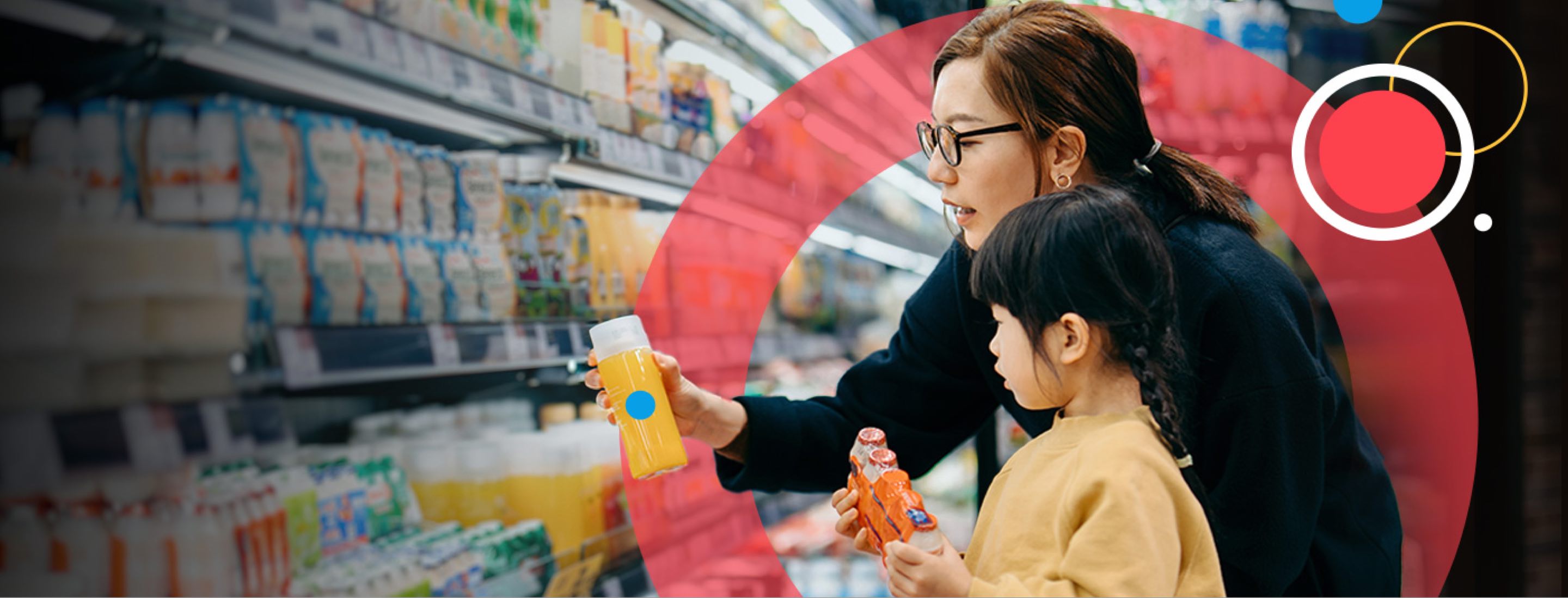Generative AI is poised to revolutionize the food and beverage industry, but economic fluctuations, antiquated ways of working and legacy technology pose a challenge. Digital business transformation can help companies bridge the gap.
How generative AI will impact the food and beverage industry
From direct-to-consumer conversational commerce, to IoT-powered smart appliances, to personalized retail media marketing, consumers and brands alike are already finding ways to implement generative AI to increase efficiency and improve customer experience.
According to a Publicis Sapient survey, nearly one in four U.K. consumers who have used generative AI are likely to use this technology to improve their experience shopping for food and beverage products. At the same time, generative AI is also poised to massively disrupt the online search experience, allowing shoppers to engage in conversational commerce to build their digital grocery carts.
The impact of economic inflation on food and beverage shopping habits
Meanwhile, widespread inflation is impacting shopper behavior as consumers are switching from branded to unlabeled products and, although they're shopping more frequently, they're actually purchasing fewer items.
More than half of U.K. consumers (57 percent) agree that they’ll switch from their preferred brand to a different brand if there is a cheaper option, because of the inflated economy. Food and beverage brands can no longer rely on historic patterns of consumer behavior.
How can digital transformation help food and beverage companies adapt to economic and consumer change?
For this reason, it’s more important than ever for food and beverage brands to connect with consumers on and off the shelf, in-person or online, through social media, traditional advertising, and generative AI-powered search.
To create the right product and channel mix amidst changing consumer behavior, food and beverage brands need to optimize their people, processes and technology to keep up with the rapid pace of technological change through digital transformation.












